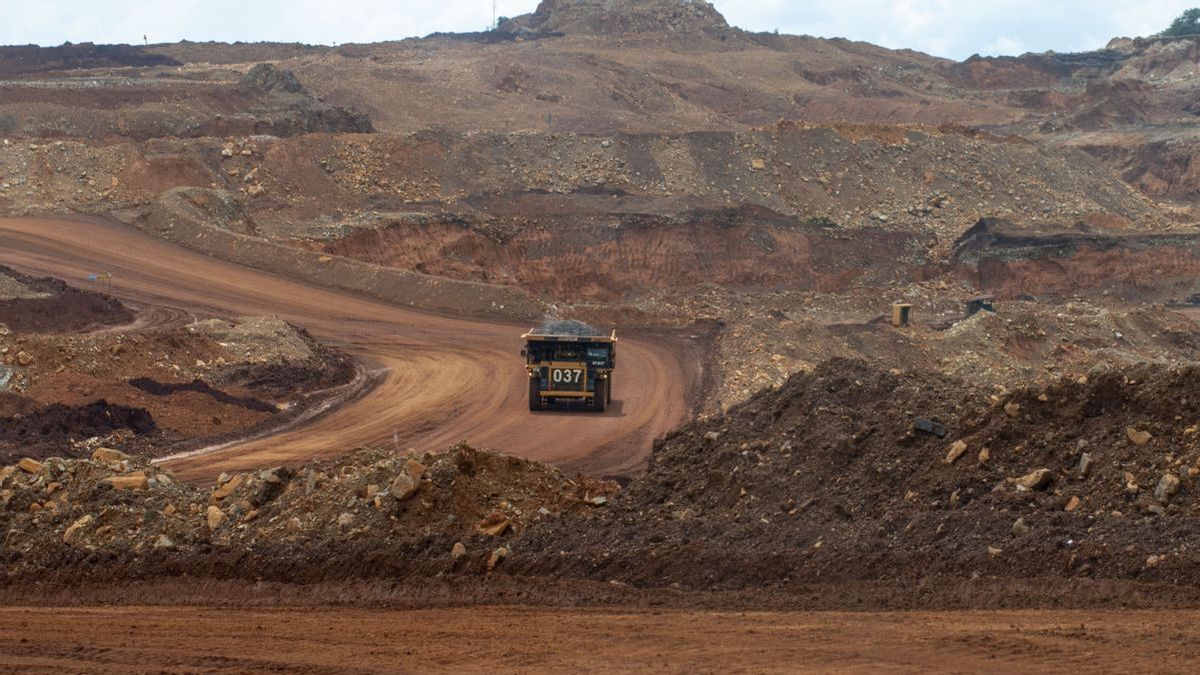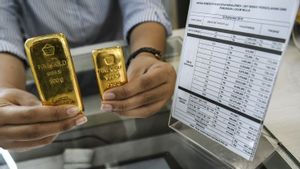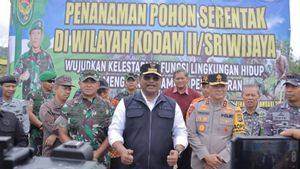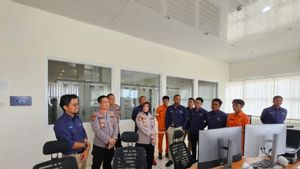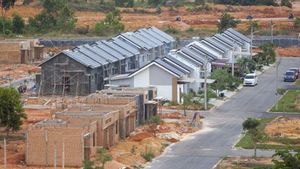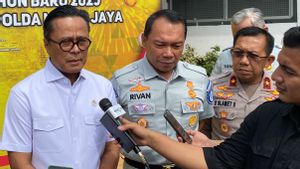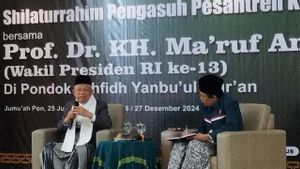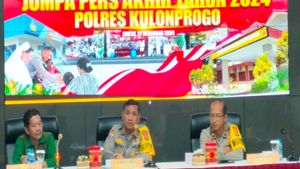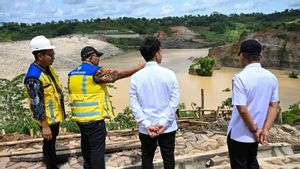JAKARTA - The Geological Agency of the Ministry of Energy and Mineral Resources revealed that it has carried out exploration activities of rare earth metals (LTJ) of lithium and boron types throughout 2023. In this exploration, the Acting Agency of Geologisto Muhammad Wafid said his party found several areas with quite promising lithium and boron levels.
"We also recommend the LTJ Mining Business Permit Area (WIUP) proposal which was first proposed in Indonesia, namely in Mamuju," Wafid said at a press conference in Jakarta, Friday, January 19.
Wafid explained that lithium and boron are one of the raw materials for electric vehicles.
Boron is an important htdrogen fuel cells compound which is an alternative energy for electric vehicles. Boron is also a raw material of magnetic neodymium-iron (NdFeB) magnets and raw materials for pyrex.
Just so you know, boron demand is up 30 percent in 2022 and will continue to climb along with demand for electric vehicles and the New Renewable Energy (EBT) industry in the coming year.
"In the future, it is hoped that more regions will be proposed for WIUP LTJ," continued Wafid.
Wafid further explained, from the exploration carried out, his party also found potential lithium in the Bledug Kuwu area.
Wafid said, based on the results of the expansion, Bledug Kuwu is a mud volcano located in Grobogan Regency, Central Java. In Bledug Kuwu, there are several traditional salt mines that are being worked on by the surrounding community.
Geologically, the mud mountain Bledug Kuwu is located in the Kendeng Basin which consists of sediment rocks, some of which are reservoirs of gas and petroleum. The mud mountain was formed due to tectonic compression and gas pressure under the surface that formed the driver's structure.
Wafid said that sampling for lithium analysis was done by taking water out of the mud mountain. In addition, water samples were also taken at traditional salt mines.
SEE ALSO:
"Salt farmers distribute water coming out of the mud mountain and then deposit it for approximately 2 (two) weeks until crystallizing into salt. The salt is then taken and there is the remaining water that does not crystallize into salt. The water is taken to analyze lithium," explained Wafid.
The water that comes out on the Bledug Kuwu mud mountain has lithium levels of 103 111 ppm and boron 464 534 ppm. Meanwhile, the remaining water in the salt mine has lithium levels reaching 1059 1110 ppm and 2660 borons 2781 ppm.
"There is a significant increase in lithium and boron levels after salt crystallizes so that it can become a new source of lithium and boron. The high lithium levels are a recommendation for further investigations, namely exploration with geophysics and hydrogeological studies. Management and utilization are carried out using the mechanism according to the metal mineral auction in accordance with applicable regulations," concluded Wafid.
The English, Chinese, Japanese, Arabic, and French versions are automatically generated by the AI. So there may still be inaccuracies in translating, please always see Indonesian as our main language. (system supported by DigitalSiber.id)
